![]()
![]()
![]()
Use LEFT and RIGHT arrow keys to navigate between flashcards;
Use UP and DOWN arrow keys to flip the card;
H to show hint;
A reads text to speech;
27 Cards in this Set
- Front
- Back
|
Approximate Dates Involved
|
735 BCE to 400 CE
|
|
|
Stylistic characteristics
|
Concrete structures
Mixture of Greek and Etruscan in early temple design Portraits of emperors- realistic 4 styles of Fresco painting Propaganda art: Ara Pacis, arches Forums: inc. basilicas Continuous narrative relief: column of Trajan/Circus official Sarcophagus with Greek mythology |
|
|
Religion
|
Eastern religions gaining influence
1st Christian Emperor- Constantine Roman imperial religion: incense and support to the emperors Greek: Cult of Dionysis Sol Invictus (sun god) |
|
|
The World
|
Founded by Remus & Romulus
Ruled by Senate (elected by Roman patricians) Soldier emperors: killed one after another Women not as prominent Augustus tries to raise moral standards and increase birth rate Battle of Milvian Bridge: Constantine beats Mexentius, Christian vision Battle against the Dacians: Trajan's column, for gold Battle to defeat Jerusalem: Arch of Titus |
|
|
Changes in the Arts
|
Roman state & patricians are patrons
Portrayal of emperors: physicality & showing accomplishments Discovery/use of concrete Verism (Roman Republic) Basilicas - large gathering spaces Christian emperor: iconography Copying of Greek Art |
|
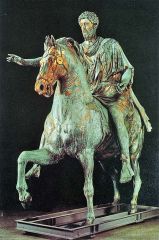
|
Equestrian Statue of Marus Aurelius
|
|
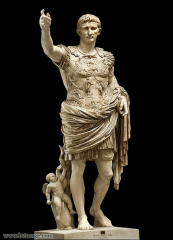
|
Augustus as General of Primaporta
|
|

|
Ara Pacis
|
|
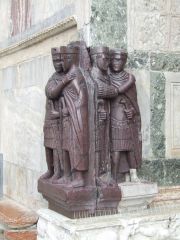
|
The Tetrarchs (Venice)
|
|
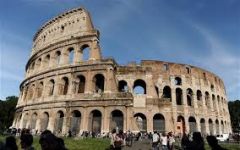
|
The Colosseum
|
|
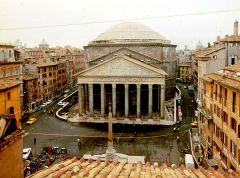
|
The Pantheon
|
|
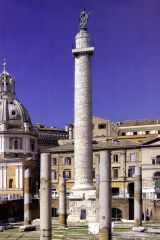
|
The Column of Trajan
|
|
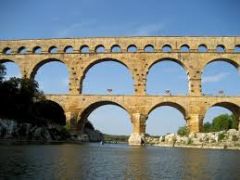
|
Pont Du Gard
|
|
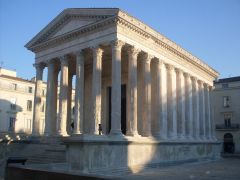
|
Maison Carree
|
|
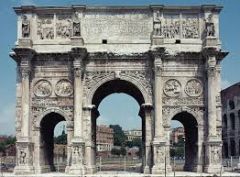
|
Arch of Constantine
|
|
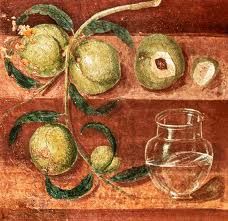
|
Still life with Peaches (Pompeii)
|
|

|
Arcuated entablature
|
|
|
Architectural style
|
Orders of columns descending weight/Tuscan columns
Concrete: new shapes, higher wider spaces open Triumphant/arches |
|
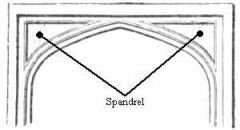
|
Spandrel
|
|
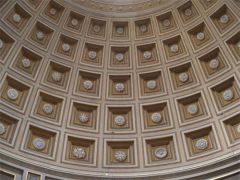
|
Coffered ceiling
|
|
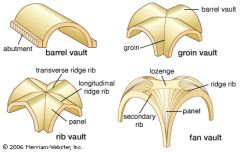
|
Vaulting
|
|
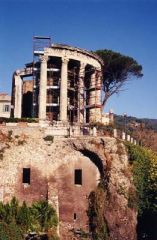
|
Temple of Sybl (Tivoli)
pentagon base, 5 sided Corinthian capitals, curving inside |
|
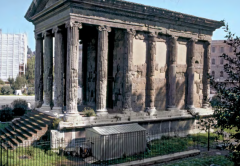
|
pseudoperipteral: engaged half columns
|
|
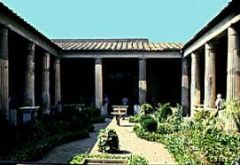
|
Peristyle- a row of columns surrounding a space within a building such as a court or internal garden or edging a veranda or porch.
|
|
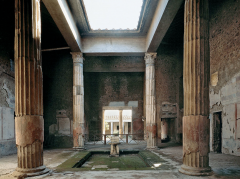
|
Atrium: an open-roofed entrance hall or central court in an ancient Roman house
|
|
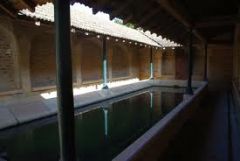
|
Impluvium: In Roman dwellings, a cistern or tank, set in the atrium or peristyle to receive the water from the roof
|
|
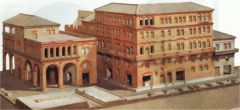
|
Insulae apartment buildings that housed most of the urban citizen population of ancient Rome
|

